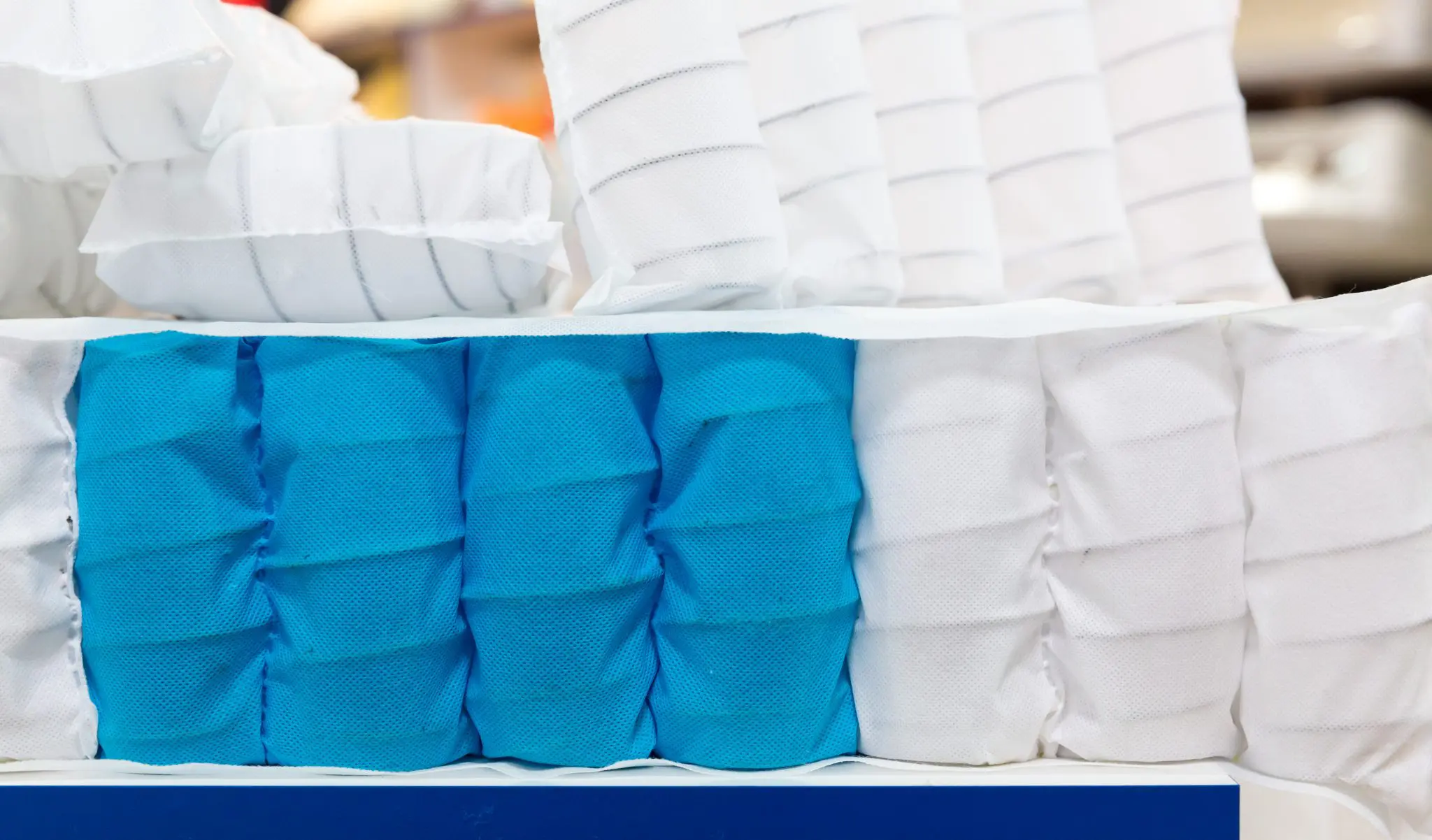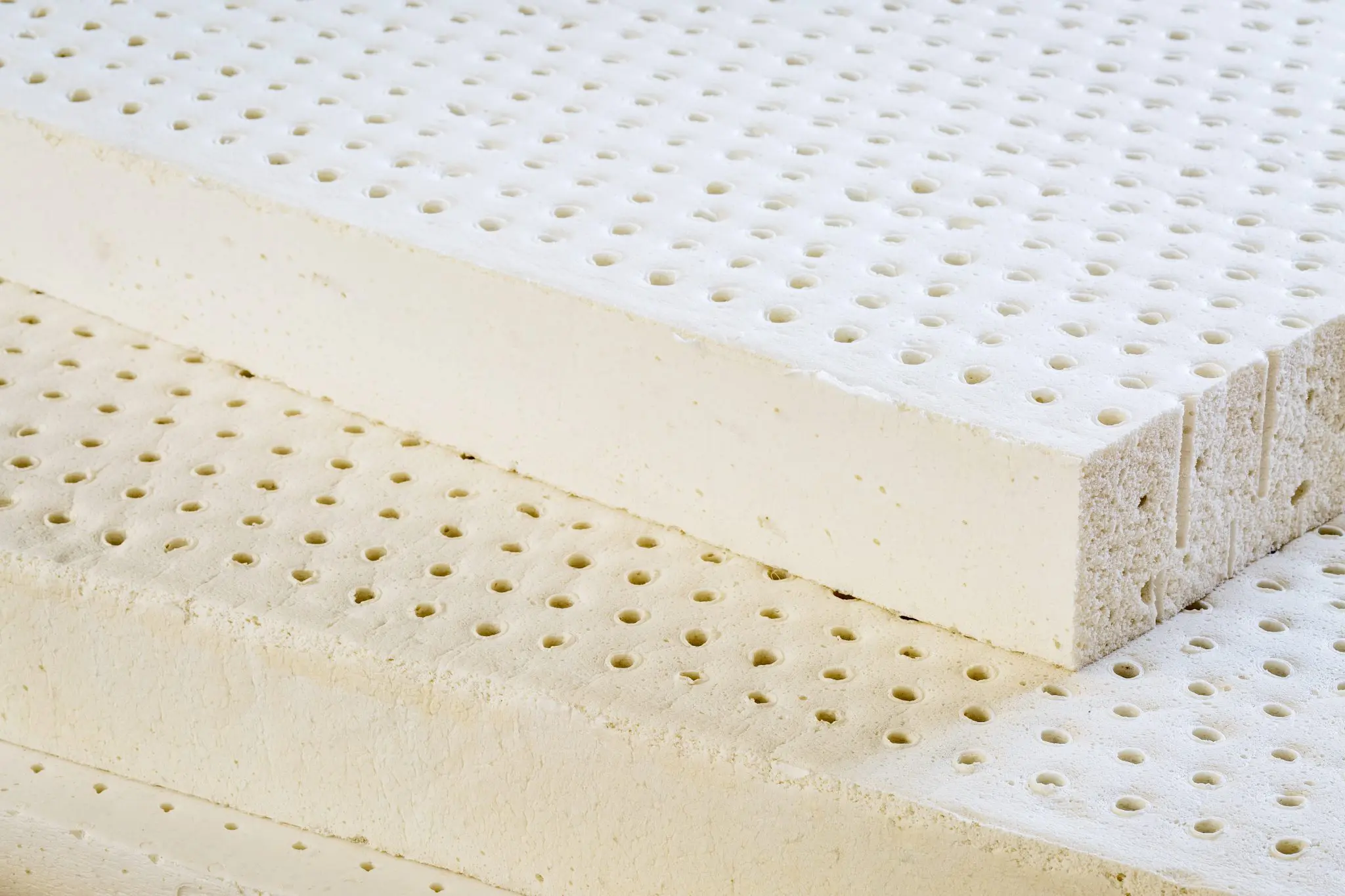Finding your perfect mattress is a personal process. Considering the number of materials, thicknesses, softness, and many more attributes that make these mattresses distinct, deciding on yours will take a bit of information, and a lot of testing. Nothing beats trying out a mattress on your own, so for that reason we recommend taking a trip to our location to see firsthand which mattress is right for you.
How a Good Mattress Supports Your Body
A good mattress should take pressure off of your joints and muscles. Ideally, the bed will support your body in a neutral position, where your spine and body are aligned naturally. If the bed is doing its job, you should feel support on your pressure points, but not to the point where the support pushes your body out of that natural, neutral alignment. You should feel little to no pressure, as if you are floating there without a mattress at all.
As you narrow down your selection, it might help to have an idea of the materials being used in mattresses, as these have changed greatly over the years, offering better support, comfort, and durability. Combining these materials can offer a variety of support options for different people – whether it is your hips or your shoulders that need relief, you can find a mattress that offers optimal support for your individual pressure points. So, with all that in mind, let’s take a look at the different types of mattresses so you know a bit about the major differences setting them apart.
Get to Know Your Mattress Materials in the Okanagan
When looking at mattresses, it is impossible to ignore the ubiquitous, tried and true innerspring mattresses. Using coiled metal to support your body, the higher-end models will feature a lower gauge wire, with a higher number of coils. As far as differences between models, you will find a plethora of options for innersprings. Pillow tops are a layer added to the top of the mattress, to provide a soft cushion. There are many different pillow top materials, such as gel, memory foam, and latex. Each offers a different level of softness and support; however, it is important to bear in mind that the pillow top is relatively thin when compared to a foam bed, which actually has a core of foam to support your body in more areas than a conventional innerspring.
Innerspring mattresses often feature “pocketed” coils, which are separate, individually wrapped coils instead of the traditional single unit of coils. Pocket coils offer superior support by allowing each coil to act independently of one another. These mattresses are an affordable option with an expected lifespan of 5-10 years. Innersprings are customizable to suit your body. Models vary widely, with high-end models sporting more coils, thinner coils, and luxury pillow top options to name a few.

Kelowna Foam Beds: Supporting Your Body Everywhere Possible
Moving to the higher end of the mattress spectrum, foam mattresses such as latex foam and memory foam, can provide support across more areas than innerspring mattresses. These beds are known for better pain-relief, alleviating the pressure placed on joints with soft foam that conforms to your body. As with innersprings, there are many options available for these mattresses, especially in the materials used. Latex may be produced naturally or synthetically, with natural options typically being more breathable than synthetic latex. Latex is more breathable than memory foam, and contours the body in a similar way. Talalay latex (a production process) is typically a more consistent, higher quality product than Dunlop latex, meaning your bed will feel the same across the entire surface. One great benefit of foam is the longevity, ranging from 10-15 years, far exceeding innerspring mattresses.

When it comes time to decide on a mattress, it helps to have an idea of the beds you are about to lay on before you try them out. Knowing the major differences can help you to discern the more subtle differences when you actually try a mattress out for the first time.

